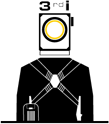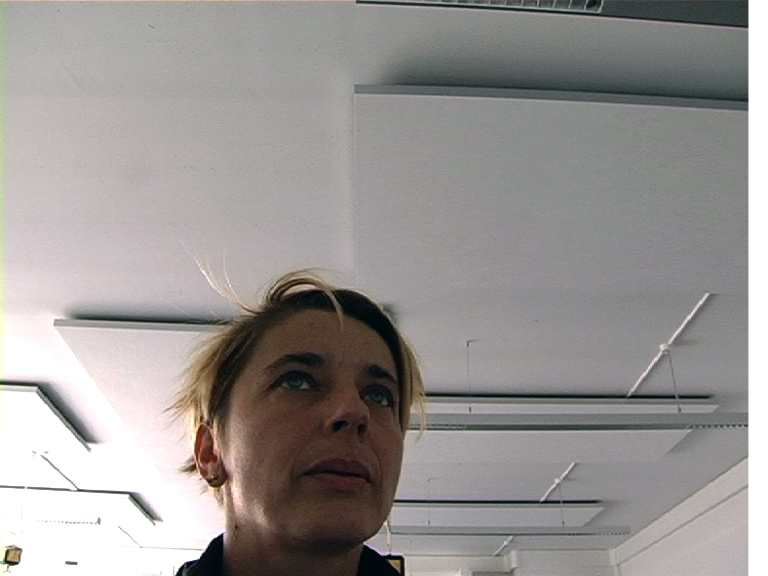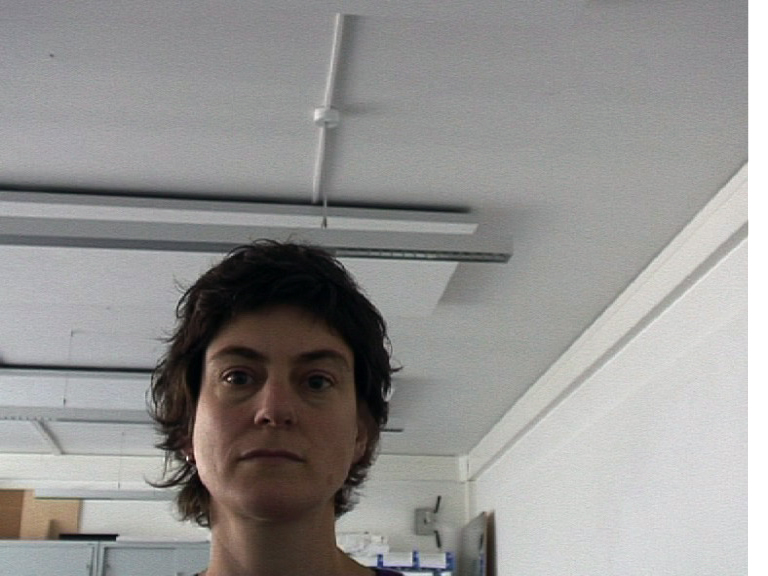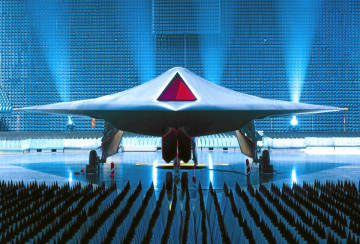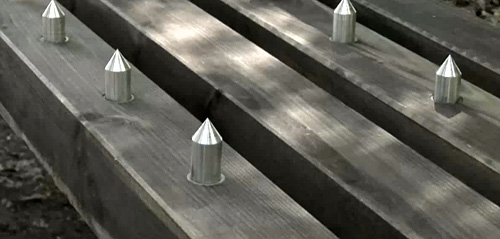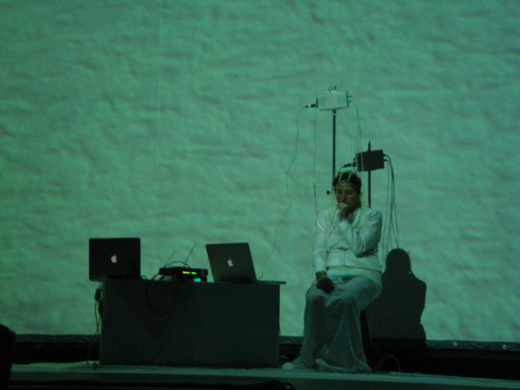At the beginning of the 21st Century those changes which were ushered in by cybernetics half a century ago have started significantly to affect man’s sense of his place on the planet. Space and the distances between entities and our human counterparts have shrunken, without however allowing things and people to become better acquainted nor interrelate through heightened closeness of contact.
Media, data programming, progress in understanding, communicating the here and now and the very place of human presence have undergone major transformations giving direction to the future of society. Today therefore it is relevant to query the “figures” cross-linking and alienating human groups, these historic “figures” in social bonding which are today distorted by development in technologies and in digital technology.
European school of visual arts (ÉESI) fulfills its role as overseer and as a higher education academic institution, in analysis, research, educational method and in that artistic creativity best able to lead the way forward on the path to addressing these basic issues.
Together with the University of Poitiers and the Université du Québec à Montréal, the ÉESI and the Espace Mendès-France have devised the launch of a two yearly international multidisciplinary series of meetings from the Fall of 2008, in the form of a think-tank focusing on the “Figures of Interactivity”.
The title of this second Biennial is Memory(Memories). What happens to memory when, after the book, its place seems to be taken by the computer? Is this really so important, after all, and does not the computer free the memory of its obligations to learn “by heart” and to restore the function it had in Antiquity and the Middle ages, that of being a “matrix of cogitation in which memories are moved and gathered in a scheme with random access, a memorial architecture, a library where man spends his time building with the express intention of using it inventively” (Mary Carruthers, Machina memorialis, Gallimard, 2002).
